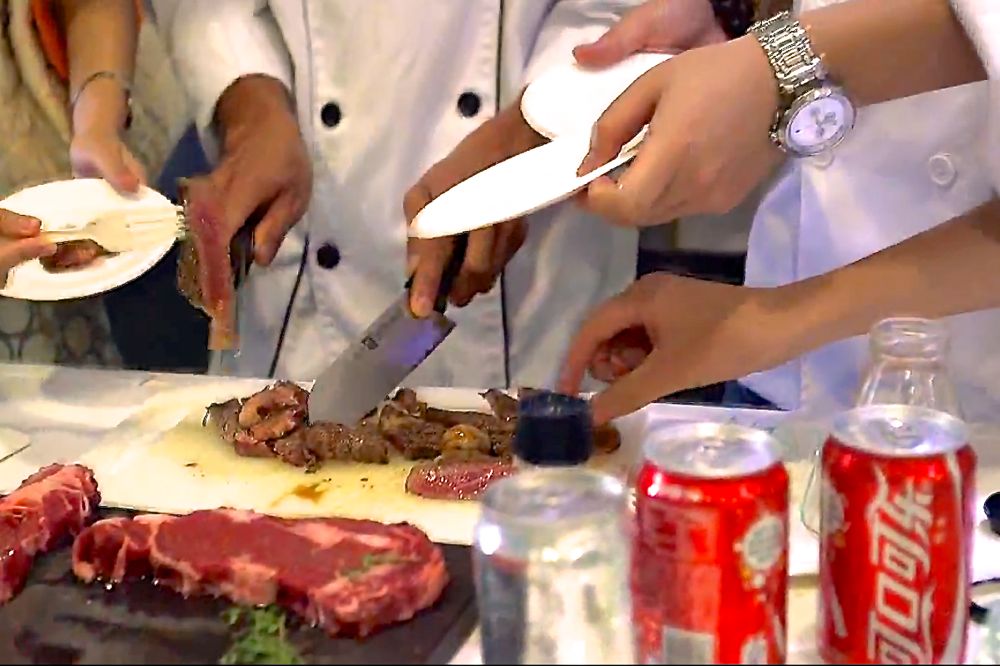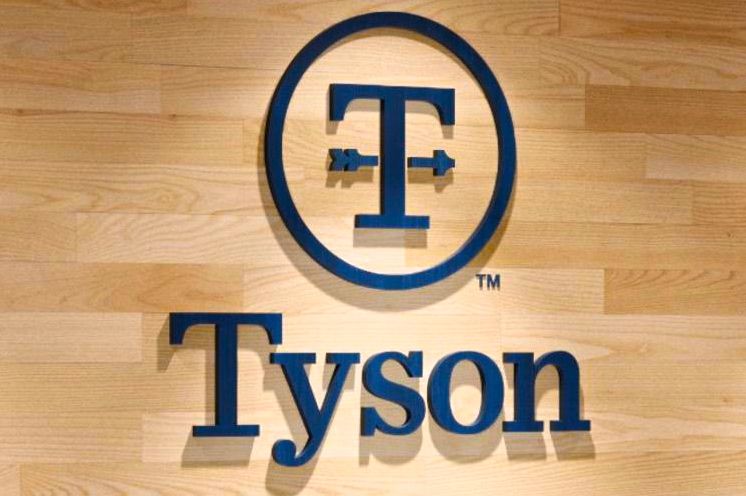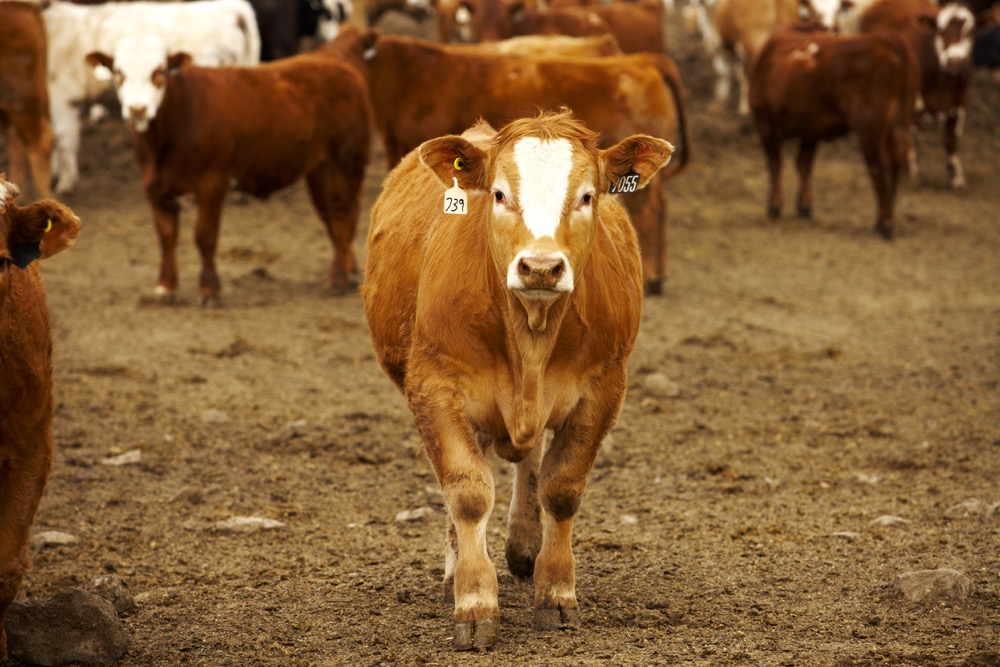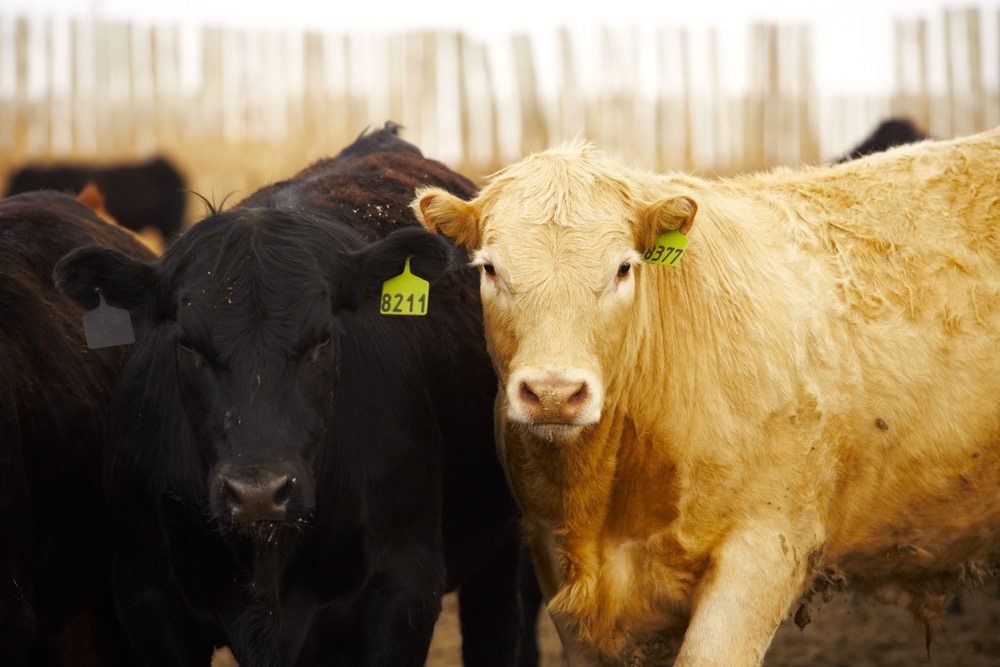The announcement on May 4 that China will start accepting U.S. beef on or before July 16 had U.S. industry leaders applauding the Trump administration and excited about supplying this giant market. Their enthusiasm was understandable — U.S. beef has been shut out of China since late 2003, when the U.S. reported its first BSE case. But as the Canadian industry knows all too well, the devil is in the detail.
The announcement gave no hint of what China’s requirements for U.S. beef will be. The two countries have one more round of technical consultations planned and China’s requirements might emerge after that. Only then will the U.S. industry be able to gauge how much of the beef it produces is even eligible to be exported to China.
Read Also

As recession risk rises in U.S., beef demand holds up
The likelihood of a tariff-induced recession rises in the U.S. and worsening consumer sentiment jeopardizes what was expected to be…
The key issues will be growth promotants, ractopamine and traceability. China requires other countries that supply beef to it to verify that only naturally occurring implants are used, that the beef is ractopamine-free and traceability from a calf’s birth to the beef box. As Canadian producers know, China bans beef produced with synthetic hormone growth promotants and beta-agonists. These are the requirements for beef imported from Australia and other countries as well. U.S. cattle feeders still widely use Optaflexx (ractopamine hydrochloride) in finishing cattle. China does not allow U.S. pork produced with ractopamine so it’s inconceivable it will make an exception for beef.
China has a long-standing policy against synthetic implants (essentially trenbolone acetate). It’s instructive to see what occurred when it imposed its rule on Australian beef in May 2014. Naturally occurring hormone implants based on estrogen were deemed acceptable. But the Australian industry and authorities were worried about producers’ inability to make distinctions between the two. So they voluntarily banned the use of all implants on cattle targeted for China.
A Chinese notice to the trade at the time said “any detection of a synthetic hormone, or a detection of a naturally occurring hormone at levels higher that the normal physiological levels will result in rejection of the consignment and possible delistment of the plant.” Product is tested at the port of entry and exporters run significant financial risk. So the U.S. industry might take the same approach as Australia did.
Another hurdle for the U.S. is China’s traceability requirements. China reopened its market to Canadian beef last fall. On October 8, the Canadian Food Inspection Agency noted: “China requires that the beef exported from Canada to China must be produced under the Canadian Beta-Agonist Free Beef Certification Program developed by the Canadian beef industry.” Further, the cattle from which the beef is derived for export to China must meet several requirements, importantly “each animal has a unique identity, the farm of origin (place of birth) can be traced, and the cattle should be slaughtered at less than 30 months of age.”
Assuming China’s requirements for U.S. beef are consistent with its requirements for other countries, very little beef will be eligible for export to China unless cattle producers and cattle feeders significantly adjust their production systems. The U.S. has had a Non-Hormone Treated Cattle (NHTC) program in place since 1999. But only a tiny percentage of the 30 million cattle slaughtered in the U.S. in 2016 went through the program.
USDA says that on average its umbrella companies, and the ones approved by USDA, direct enroll around 150,000 to 175,000 new calves each year in the program. Much of their beef goes to the European Union. If so few producers are in the NHTC program now, I doubt that many more will join to market beef to China.
















